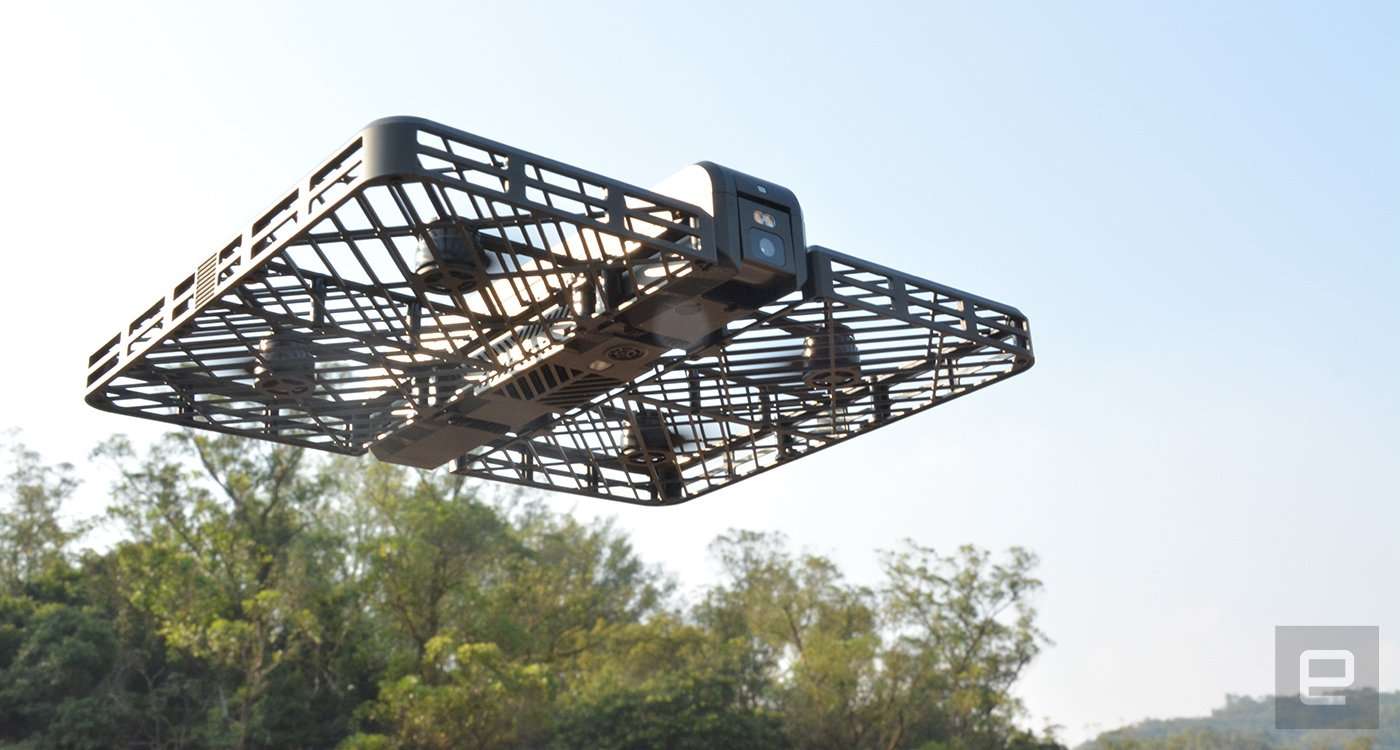Astrophysicists study ‘rejuvenating’ pulsar in a neighboring galaxy
Scientists from Lomonosov Moscow State University released the study results of the unique ultra-slow pulsar XB091D. This neutron star is alleged to have captured a companion only a million years ago, and ever since, has been slowly gaining back its rapid rotation. The young pulsar is in one of the oldest globular star clusters in the Andromeda galaxy, where the cluster may once have been a dwarf galaxy.
For the pulsar to restore its youth and accelerate its rotation, it can pair with an ordinary star. After teaming up to form a binary system, the neutron star starts to pull matter from the star, creating a hot accretion disk around itself. For about 100,000 years, the old pulsar, which has already slowed to one revolution every few seconds, can once again spin thousands of times faster.
This extraordinary event was observed by a team of astrophysicists from the Lomonosov Moscow State University, together with colleagues from Italy and France. The X-ray pulsar known as XB091D was discovered at the initial stages of its transformation and ends up being the slowest rotating of all globular cluster pulsars currently. The neutron star completes one revolution in 1.2 seconds over 10 times slower than the previous record holder. According to scientists, the acceleration of the pulsar began less than 1 million years ago.
The discovery was made using observations collected by the XMM-Newton space observatory between 2000 and 2013, which were put together by astronomers of the Lomonosov Moscow State University into an open online database. XB091D is only the second pulsar found outside of our galaxy and its nearest satellites, although two more such pulsars were later spotted using the same online catalog.

xpastfact on April 26th, 2017 at 11:16 UTC »
That thumbnail of a foldable drone has nothing to do with the article. (More pics of the little drone here.)
Mosmordeus on April 26th, 2017 at 07:57 UTC »
Just think: somewhere out there, there could be a star that is nearly as old as the Universe that has survived this long by periodically feeding off the matter of smaller, weaker stars.
UncleBenZene on April 26th, 2017 at 07:13 UTC »
TL;DR-
Scientists from Lomonosov Moscow State University released the study results of the unique ultra-slow pulsar XB091D. This neutron star is alleged to have captured a companion only a million years ago, and ever since, has been slowly gaining back its rapid rotation. The young pulsar is in one of the oldest globular star clusters in the Andromeda galaxy, where the cluster may once have been a dwarf galaxy.
For the pulsar to restore its youth and accelerate its rotation, it can pair with an ordinary star. After teaming up to form a binary system, the neutron star starts to pull matter from the star, creating a hot accretion disk around itself. For about 100,000 years, the old pulsar, which has already slowed to one revolution every few seconds, can once again spin thousands of times faster.
Bleepblop I'm not a bot. I'm just saving clicks for everyone. :)